Due to its growing success and proven track record in sports medicine, manual therapy is becoming increasingly used to help athletes recover from sports-induced injuries. Manual therapy maintains and restores bodily functions through the application of mild pressure, heat, water, and/or manipulation or strengthening techniques. It requires trained physiotherapy professionals, advanced therapeutic techniques, and specialized machines that complement each other during recovery and healing. Manual therapy is an effective tool for addressing many types of acute and chronic pain, especially of the back and neck.
Types of Manual Therapy
Our residency-trained staff uses manual physical therapy to assess tissue quality, joint mobility and movement dysfunction. Manual therapy is a successful interventive tool that improves blood flow, increases joint and muscular mobility and decreases pain — allowing you to get back to the things that matter quickly. Manual therapy is prescribed as one of several recovery therapies and encompasses a variety of manipulative techniques that include, but are not limited to
- Muscle energy technique, in which a physical therapist examines the affected area to apply counter force against a patient’s voluntary muscle contractions to stretch tight muscle and and apply a stimulus to connective tissues, including fascial tissue
- Soft tissue therapy, in which our physical therapists apply manual force to provide a stimulus to connective tissues
- Counterstrain, in which a physical therapist passively shortens an affected muscle until tender points soften
- Spinal or joint mobilization/manipulation, in which one of our trained specialists applies manual force to a joint to move the joint near its end range of motion
All of these techniques are applied with the goal of restoring the body back to its natural balance.
Manual Therapy Services We Offer
- Soft Tissue Mobilization (STM): Soft tissue injuries or strains are common and can affect several types of tissue systems in the body. STM is a type of manual therapy that can relax tense muscles, reduce scar tissue, and strengthen and lengthen connective tissue. Common injuries that STM addresses are strains, sprains, contusions, tendonitis, bursitis and stress injuries. STM tackles these types of injuries through an integrated approach of physical therapy, strength and conditioning, and other manual recovery services.
- Instrument-Assisted Soft Tissue Mobilization (IASTM)/Scraping: Some of our IASTM recovery options incorporate the use of specialized instruments designed to ease and relax muscles, a fundamental part of the healing process. During IASTM treatment, a plastic or metal tool is scraped and rubbed over your skin to provide the soft tissue massage and mobilization. The rubbing of the instrument is used to locate and release tightness in the musculoskeletal system, allowing for muscle regrowth and recovery.
- Cupping/Vacuum Therapy: Cupping is a type of therapy that can supplement other recovery methodologies. Philosophically, cupping is said to return the life force or “Qi” to the body by balancing the internal systems. Cupping has noticeable benefits for patients, such as increased blood flow to promote healthy cell growth and repair and reduce pain. Many Olympic and pro athletes have enjoyed the benefits of cupping.
- Dry Needling: Dry needling is a type of therapy that has evolved out of acupuncture. Dry needling provides relief and recovery to muscular pain by stimulating trigger points, or muscles that are irritable. Hard knots can be stimulated via a “twitch” response, therefore alleviating muscular pain and stiffness, allowing for improved flexibility, increased range of motion and decreased pain.
- Joint Mobilizations/Manipulations: This kind of manipulative therapy targets joint pain and joint hypomobility. This treatment works to restore physiologic or accessory joint motion with applied pressure to the target joint. Any increases in joint mobility are then reinforced through therapeutic exercises designed to increase flexibility and provide stability for the newly acquired motion. Mobilization or manipulation also works to fire up nerve ending receptors and provide input to the central nervous system.
Our Residency-Trained Specialists Use A Hands-On, Science-Based Approach
Manual therapies are intentionally selected to allow our athletes to train at the highest levels and promote optimal adaptations from training. As part of our integrated approach to healing and recovery, manual therapy is performed by our residency-trained physical therapists and sports massage therapists. Let their expertise work to get you competition-ready faster.
Plans are customized to each individual for optimal recovery outcomes that promote results tailored to each person’s individual needs. We track progress using hard data and recorded observations to ensure that athletes are recovering safely without risking re-injury, and provide a list of complementary services, all designed to help you reach peak performance.
Contact us by phone at (512) 955-5337 or send a message to find out how manual therapy can aid in your wellness recovery.
